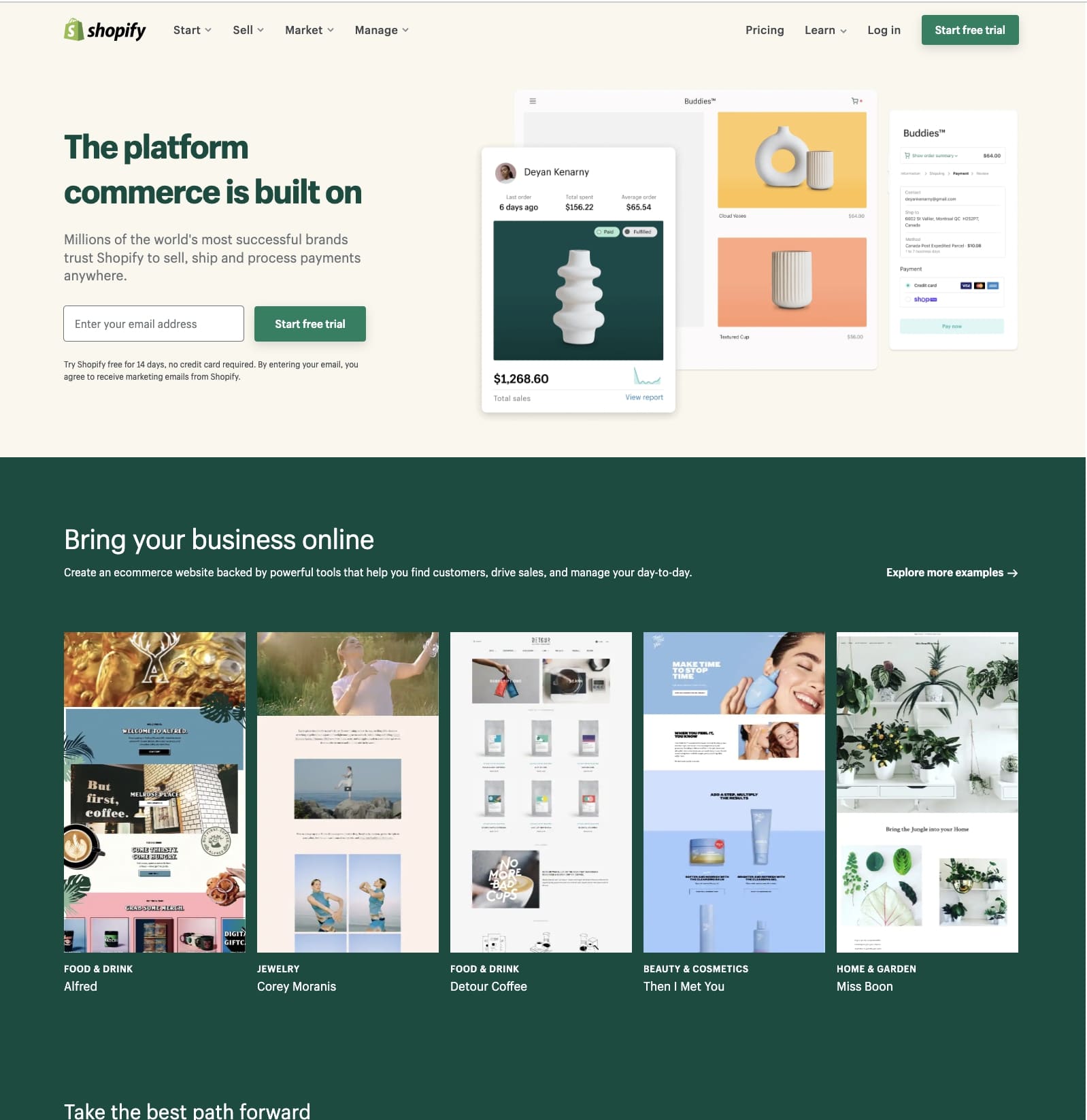In today’s digital age, having a strong online presence is more important than ever for businesses seeking growth. An exceptional web design goes beyond mere aesthetics; it functions as a significant tool that can enhance user experience, express brand identity, and ultimately drive conversions. With multitudinous websites vying for viewership, standing out is essential, and that commences with a intentionally designed interface that captivates visitors from the time they arrive.
Creating a website that effectively translates your unique vision into a smooth user journey can markedly boost your business. From concept to outcome, every aspect of your web design should be carefully aligned to meet your goals. It could be it is through intuitive navigation, compelling visuals, or well-structured layouts, the right design can transform casual visitors into committed customers. Understanding how to exploit these elements will enable you to craft a digital experience that connects with your audience and propels your business forward.
##### Comprehending The User's Journey
User experience is the foundation of good web design. It encompasses all aspects of the end-user's interaction with a company , its services , and its goods . A smooth user experience not only attracts visitors but furthermore retains them, motivating them to explore and connect to the content. In the modern digital landscape, where users are overwhelmed by choices, a thoughtfully designed design can be the key distinguishing feature that affects their decision-making process .
When designing for user-centric design, it is crucial to understand the target audience . This entails analyzing their needs , preferences , and actions. By acquiring these perspectives, web designers can build intuitive interfaces that appeal to users. A accessible layout, easy navigation, and responsive design are essential elements that foster positive user experiences, ensuring visitors can easily discover what they are looking for and carry out desired goals without difficulty .
Finally, regular testing and optimization are key to maintaining a superior user experience. It's important to gather feedback and evaluate user actions to identify issues and areas for improvement . Regularly updating the website design based on this feedback helps to meet evolving user needs and enhances overall satisfaction. A focus on user experience in web design ultimately leads to increased conversions and company growth .
Creating a Robust Graphic Identity

A compelling visual identity is crucial for any company aiming to establish its visibility online. It starts with a well-thought-out logo that captures the brand's values and mission. This logo should be unforgettable and versatile, able to adapt across multiple platforms and mediums. Coupled with a harmonious color mix and fonts, the logo anchors the overall design, making certain that everything feels cohesive and indicative of the brand. These elements together create a sense of recognition and trust with the audience.
Consistency is crucial when crafting a visual identity. Every facet of web design, from the homepage to conversion pages, should support the set visual elements. jw-digital.co.uk but also fortifies brand recall. When users can rapidly recognize your brand through its distinctive visual language, they are more likely to connect and transact. Using visual hierarchy through imagery, spacing, and structure can help navigate users through the website, directing them to key areas of interest.
Ultimately, a strong visual identity does more than just delight the viewer; it expresses the nature of the brand. Through thoughtfully created visuals, businesses can showcase their identity and connect with their target audience on a intimate level. When users identify with the visual storytelling, their probability of engaging increases, resulting in observable success in the dynamic online market. Investing time and resources in building a compelling visual identity will be worthwhile for your enterprise long into the long-term.
Optimizing for Conversions
When it comes to designing websites, optimizing for conversion means creating an experience that leads visitors in taking action. This involves not only the design aspects of a website but also its operability. A clean layout, easy navigation, and persuasive calls to action can significantly improve user engagement and elevate conversion rates. Designers should prioritize reducing clutter, ensuring that important information is quickly found, and using design elements that draw attention to key actions.
Additionally, it is important to comprise the target audience and customize the design to their preferences and expectations. Carrying out user research can provide valuable insights into what connects with potential customers. Incorporating elements like testimonials, case studies, and user reviews can create trust and prompt visitors to proceed in the conversion process. Functionality across platforms is another important component; ensuring that the web design is refined for mobile users will capture a wider audience and increase engagement.
Finally, monitoring and analyzing user behavior on the website can help identify areas for improvement. Tools such as A/B testing allow designers to contrast different versions of a page to see which performs more effectively in terms of conversion. Continuous refinement and optimization based on real data ensure that the web design changes and adjusts to changing user demands and market trends, ultimately leading to higher conversion rates and business success.
